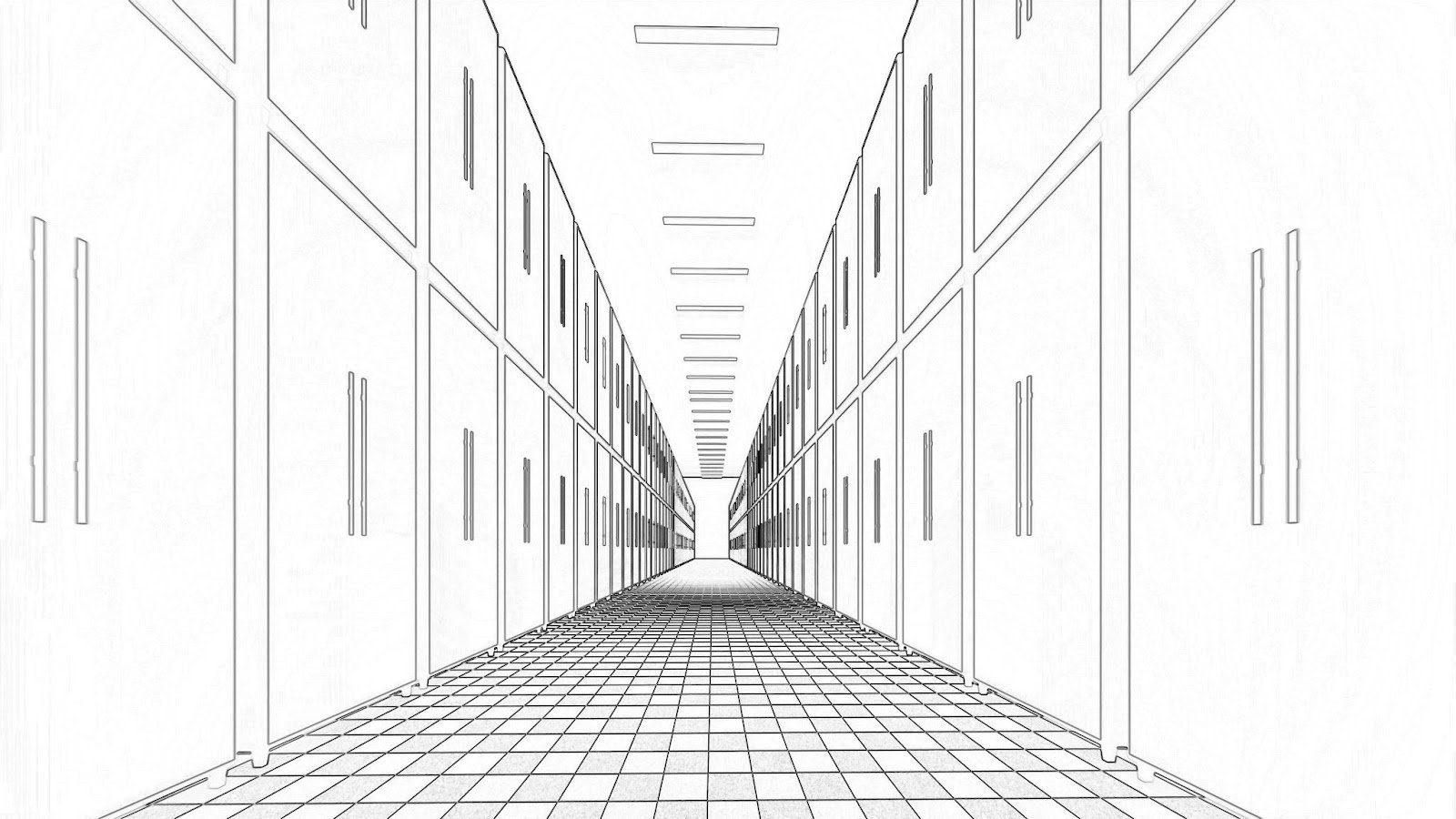The Backbone of Fire Station Design
Fire Station Design for the 21st Century
From small towns with volunteer departments to major metropolitan cities with dozens of first responders, the consistent element in nearly every community is a fire station.
Yet the layout, functionality, and building design of stations vary from state to state and town to town.
How a station functions affects not just the firefighters but the community as a whole. Today, there are countless ways to improve the firefighter experience within the station and provide added benefits to the community it serves.
This guide for fire chiefs and city planners will cover the essential elements of the 21st-century fire station and ways to design a new fire station built with the future in mind.
Is it Time to Update Your Fire Station?
The goal of every first responder is public safety, so fire stations are designed primarily for quick response. Yet they must also provide firefighters with the necessary spaces for both living and working.
The problem is that many of the nation’s fire stations are old and outdated.
There are more than 27,000 fire departments in the U.S., and 43% of all firehouses are more than 40 years old.
Many of those old stations aren’t equipped to meet the needs of today’s first responders. There is a need across the country to bring old stations up to date to provide better health, living, environmental, and working conditions.
How to Determine if It’s Time to Renovate or Build a New Fire Station
Fire marshals perform routine inspections on fire stations to ensure that everything is in working order. Yet it's often what's missing from a station that dictates whether it's time to update and upgrade or build a new one altogether.
Fire stations must adhere to all local building codes. They must also adhere to OSHA safety standards and guidelines set forth by the U.S. Fire Administration, a federal agency under FEMA.
Appendix F of the U.S. Fire Administration’s Safety and Health Considerations for the Design of Fire and Emergency Medical Services Stations provides a complete checklist of what to look for when inspecting fire stations.
This checklist includes specific regulations on the placement of certain items in and around the fire station. After inspecting existing fire stations, fire chiefs can use the results to determine if it's time to update or build a new one.
The 5 Essential Elements of the 21st Century Fire Station
There are five essential elements of the modern-day fire station:
Apparatus bays
Sleeping quarters
Residential areas
Recreational facilities
Training facilities
Stations lacking in any of these areas should consider renovating their existing firehouse or building a new station.
Apparatus Bays
The apparatus bay provides housing for emergency vehicles.
It must offer ample space to park, clean, maintain, and store all emergency response vehicles, including:
Ladder trucks
EMS ambulances
Engines
They must also contain gear lockers and provide storage for equipment, such as hoses and cylinders. An apparatus bay that’s too small or poorly organized can slow the response time to emergency calls.
It doesn't just matter what’s in the apparatus bay — it matters where certain items are placed as well. For example, the U.S. Fire Administration requires at least three feet of clearance around every fire truck and vehicle in the bay.
Apparatus bays must meet a variety of other safety standards:
Non-slip floor
Pressure switches on self-closing doors
Ventilation system for diesel and vehicle exhaust gasses
Sleeping Quarters
Sleeping areas must meet specific standards of their own.
Because firefighters often "live" in the firehouse, there must be enough beds for each on-duty department member. Sleeping quarters need to be well-lit and separate from noisier areas of the station.
Every department member must also have access to an individual locker where they can store personal items.
Residential Areas
Every fire station needs living quarters with a day room, kitchen, and bathroom facilities. Firefighters need a place to relax, watch TV, and cook meals between calls.
Kitchens must be equipped with:
UL-listed grease filters
Commercial-grade appliances
Cabinets designated for food storage only
Bathrooms must have non-slip strips or rubber mats in shower facilities and a system to prevent backflow.
Recreational Facilities
Firefighting is a physical job, so maintaining an exercise routine is essential.
Fire stations should include recreational facilities with gym equipment. That way, on-duty first responders can work out when there's no emergency.
Training Facilities
All firefighters, especially volunteer departments, require ongoing training. Many new fire stations are being built with on-site training centers. This not only fosters better training programs, it provides the community with more efficient service.
Administrative areas are often in the same area of the station as the training room.
The Fire Station Built for the Future
Architectural and building design trends shape the way fire chiefs and city planners think about traditional fire station design. Here are some ways communities can bring their fire station into the 21st century.
Energy-Efficient Designs
More and more architects and engineers are designing and building structures with sustainability in mind. Various sustainable design strategies and elements exist, many of which are easy to incorporate into a fire station.
Green Roof
A green roof is a flat roof that can serve as both a roof deck and a rooftop garden. Adding plants, shrubs, and other types of greenery to a roof minimizes the amount of sunlight that penetrates the roof. This keeps the building cooler, reduces energy costs, and minimizes energy usage.
Energy-Efficient Windows and Water Fixtures
With energy-efficient windows and low-flow water fixtures, fire stations can protect resources and reduce monthly energy costs. The size and placement of windows can increase ventilation and provide more natural lighting to further reduce costs.
Solar Power
Solar panels produce power and lessen reliance on gas, oil, and other fuel sources that can harm the environment. Switching from traditional heating and cooling systems to solar power is yet another way to save on utility costs.
Energy-Efficient Lighting
Something as simple as installing LED lighting can make a fire station more energy efficient. LED bulbs use 75% less energy and last 25 times longer than incandescent light bulbs.
Sustainable design in a fire station benefits the firefighters, the community, and the environment as a whole.
For more information on sustainable design, read: Architecture Sustainable Design [Strategies & Benefits].
Co-Locations
Many communities choose to merge fire and local police stations into co-locations. Combining fire and police resources into one structure helps reduce construction costs.
If the structure is built with energy efficiency in mind, it will save them both ongoing utility costs as well.
Four-Fold Side Motion Doors
Four-fold side motion doors open at double the speed of conventional overhead garage doors.
There's no denying they improve response time, but that's not the only way they speed things up.
Drivers can easily see when side motion doors are open and when they are not. This allows them to save precious seconds. With vertical overhead doors, drivers often wait a few extra seconds to ensure vehicle clearance. With side motion doors, a vehicle clearance is apparent at all times.
Outdoor Recreational Areas
Besides indoor fitness facilities, fire stations can provide firefighters with outdoor recreational areas.
Outdoor rec spaces should go on the house side of the fire station. You don't want off-duty firefighters to have to cross the apparatus bay or any potential contamination areas.
Rentable Public Spaces
Adding a fire hall that members of the community can rent for parties and events provides two key benefits:
It helps the department generate revenue from rental fees
It bolsters community engagement
Fire halls can also serve as meeting rooms and community centers. Welcoming community members into the fire station is also a way to get people engaged with public safety. This is especially important in communities where the fire department relies on volunteers.
Private Sleeping Quarters
According to 2020 data from the NFPA, approximately 9% of all firefighters are female. While it’s still a male-dominated profession, many new fire station designs are doing away with the traditional dormitory-style sleeping quarters. They’re replacing them with private, gender-neutral sleeping quarters that promote inclusivity and diversity in the profession.
Private sleeping quarters with a private bath do more than encourage diversity and inclusivity — they promote better sleep habits. Private beds promote improved mental health and well-being, making firefighters better at what they do.
Designated Decontamination Areas
Another way that fire station designs can promote health and wellness among first responders is with designated decontamination areas.
Designated turnout gear decontamination zones with extractors minimize the potential for transmitting contaminants into living quarters. Turnouts and other PPE should also be stored in an area that’s isolated from living and sleeping quarters.
In addition to a decontamination zone, stations can include separate laundry areas to wash and dry contaminated items. (So the rags used to clean the trucks wash separately from uncontaminated items, such as bath towels.)
Examples of Top-Quality Fire Station Designs
Architects can take various steps to create fire stations that increase response time and promote the health and wellness of firefighters and the public at large. From incorporating sustainable elements to drafting floor plans that reimagine how firefighters live and work, ZP Architects & Engineers is at the forefront of modern fire station design.
Here are two examples of how ZP Architects & Engineers has approached renovations and new fire station projects.
Lochbuie Fire Station in Lochbuie, Colorado
A remodel and an addition turned the Lochbuie Fire Station into a highly functional space for the Lochbuie fire department. This station includes private, individual sleeping quarters and a comfortable kitchen, lounge, and TV room. It’s a prime example of how you can transform a small, outdated station into a new space designed for the future.
Hudson Fire Station No. 1 in Hudson, Colorado
The Hudson Fire Station No. 1 is a new, state-of-the-art facility built to replace the old, outdated fire station that once served the Hudson community. At 14,000 square feet, this new station satisfies the needs of the fire service while also serving as a training center and a multi-functional community center.
You may also like: A Modern History of Denver Architecture
Conclusion
Fire stations must be equipped and organized to promote quick response times. But they also have to function and meet the daily needs of the firefighters that live and work within them.
From renovations to new structures, there are many ways that public safety officials can bring their fire stations up to date.
To renovate or design a new fire station in the Denver, Colorado area, contact ZP Architects & Engineers now.







